Leveraging learner research to develop managers into leaders
Deliverables
- Video
- Job aids & performance support
strategy
- Audience research & discovery
- Program strategy
- Measurement framework
media
- Video production
- Full-service production and post
- Motion design
Learning should inspire change, not check a box
When our team met with leaders from Johnny’s Markets, a chain of family-owned Shell gas station convenience stores, they were facing new challenges around high employee turnover.
It was a story playing out in retail and hospitality businesses across the country: working on the frontlines during a pandemic is an often thankless job and employees were burned out. Johnny’s is an organization that cares deeply about creating great experiences for both customers and team members. When you step into a Johnny’s, you can count on friendly service and sparkling-clean stores. Johnny’s staff is the backbone of the company’s promise, and the high staff turnover was putting its unique culture at risk.
After conducting exit surveys with departing team members, Johnny’s learned that managers were influencing employee satisfaction. Departing team members reported being dissatisfied with their schedules and the managers who create them. All signs pointed to the need for a new manager-training program, which is what brought Johnny’s team to us to request a straightforward training program covering a number of topics they’d selected.
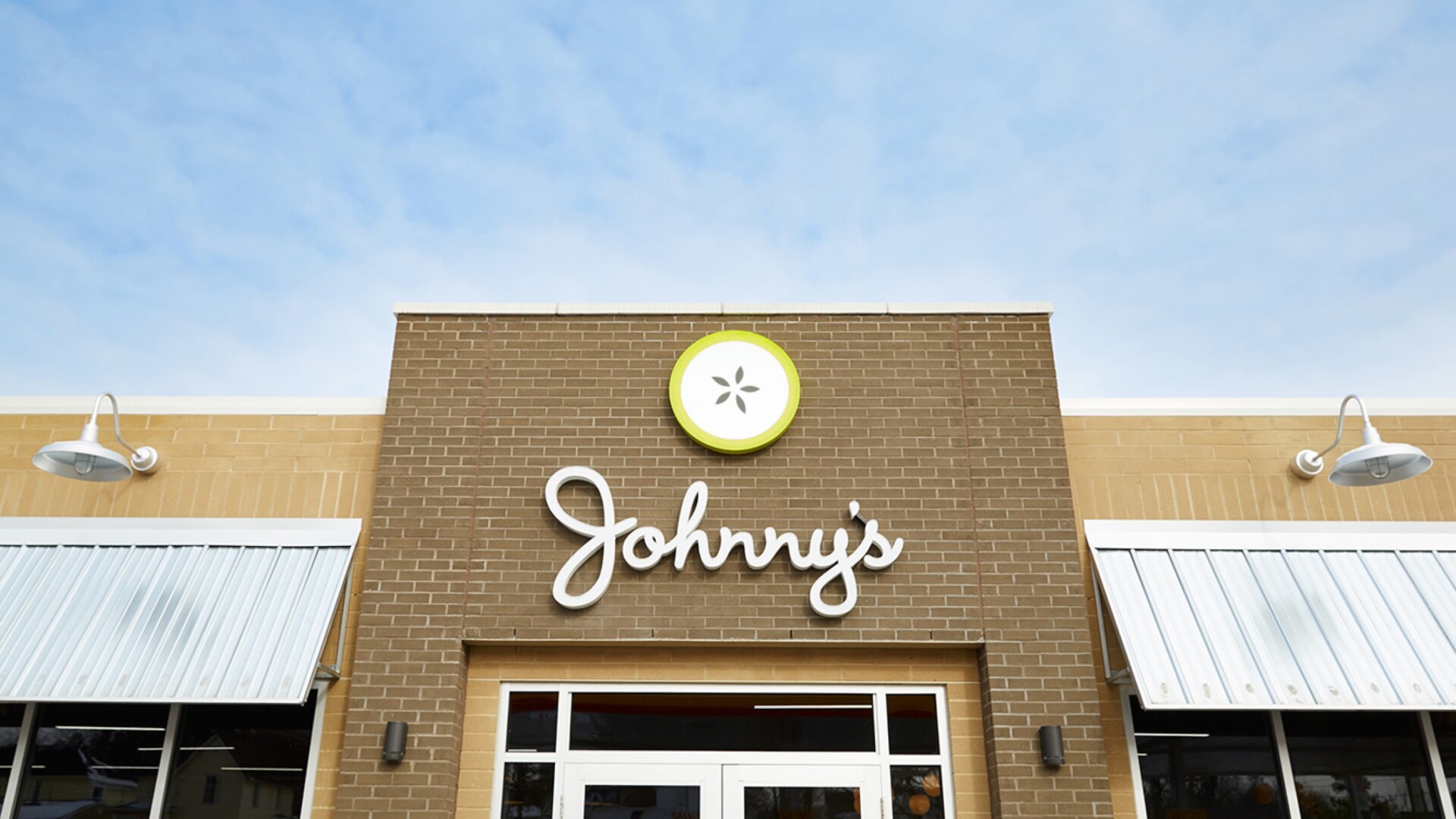
34%
42%
Problem-finding before problem-solving
Pretty cut and dry, right? We had direction from the client on the learning topics and format. Many learning agencies would’ve been off and running to deliver the requested content. But we’re a learning innovation company, which means we partner with our clients to deeply understand the problem, get to know learners and the world they live in, and design the right solution. It’s why Johnny’s ultimately chose to partner with us over the other guys—they didn’t want someone to deliver content that simply checked a box, they needed a learning solution that would inspire change.
Learner research is key to eliminating assumptions from our work and designing the right solution for the problem you’re trying to solve. Here’s how we partnered with Johnny’s to design a training program that developed managers into effective leaders.
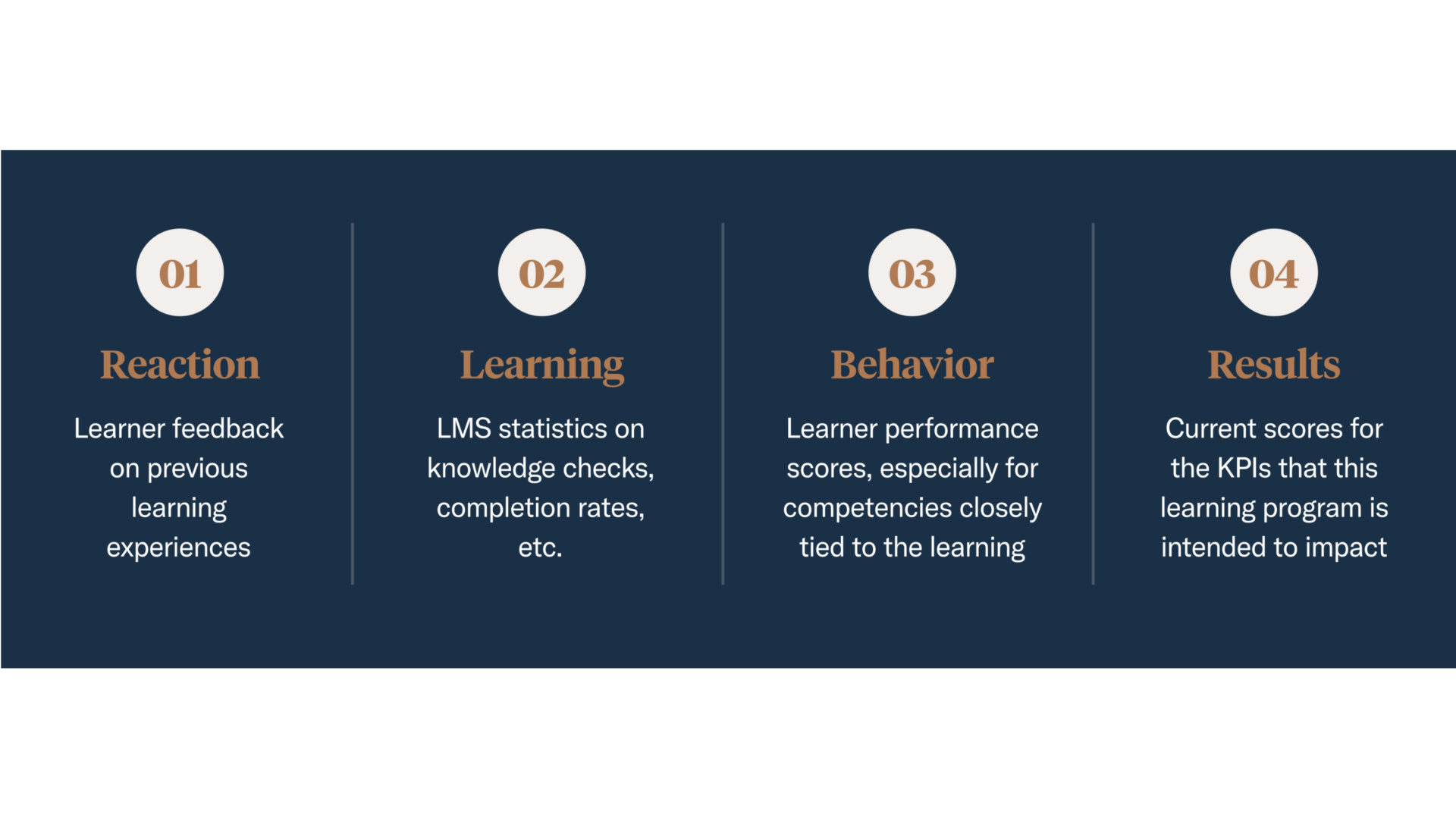
Learner research is powerful
At this stage, we knew that the primary problem to investigate was high staff turnover. How could Johnny’s get employees to stick with the company for longer? Did employees feel heard by their managers? We also had to validate our initial assumptions about the learner audience. For example, what challenges are the managers facing? And do the content topics proposed by the client truly address those challenges?
We knew we could answer those questions and validate our initial thinking, by conducting a Learning Environment Analysis, our framework for using learner discovery and field research tools to better define problems, constraints, and the needs of learners at the start of a project.
Our team spent one month engaged in the learner-discovery phase and immersing ourselves in the world of learners. We visited a Johnny’s store to observe team members in their work environment. We conducted field interviews with area managers, store managers, and frontline employees. We shadowed a store manager to learn how managers do their jobs and what a day-in-the-life is really like. All of it helped us to deeply understand learners’ preferences, constraints, motivations, and current knowledge in order to begin to design a learning experience that would resonate.
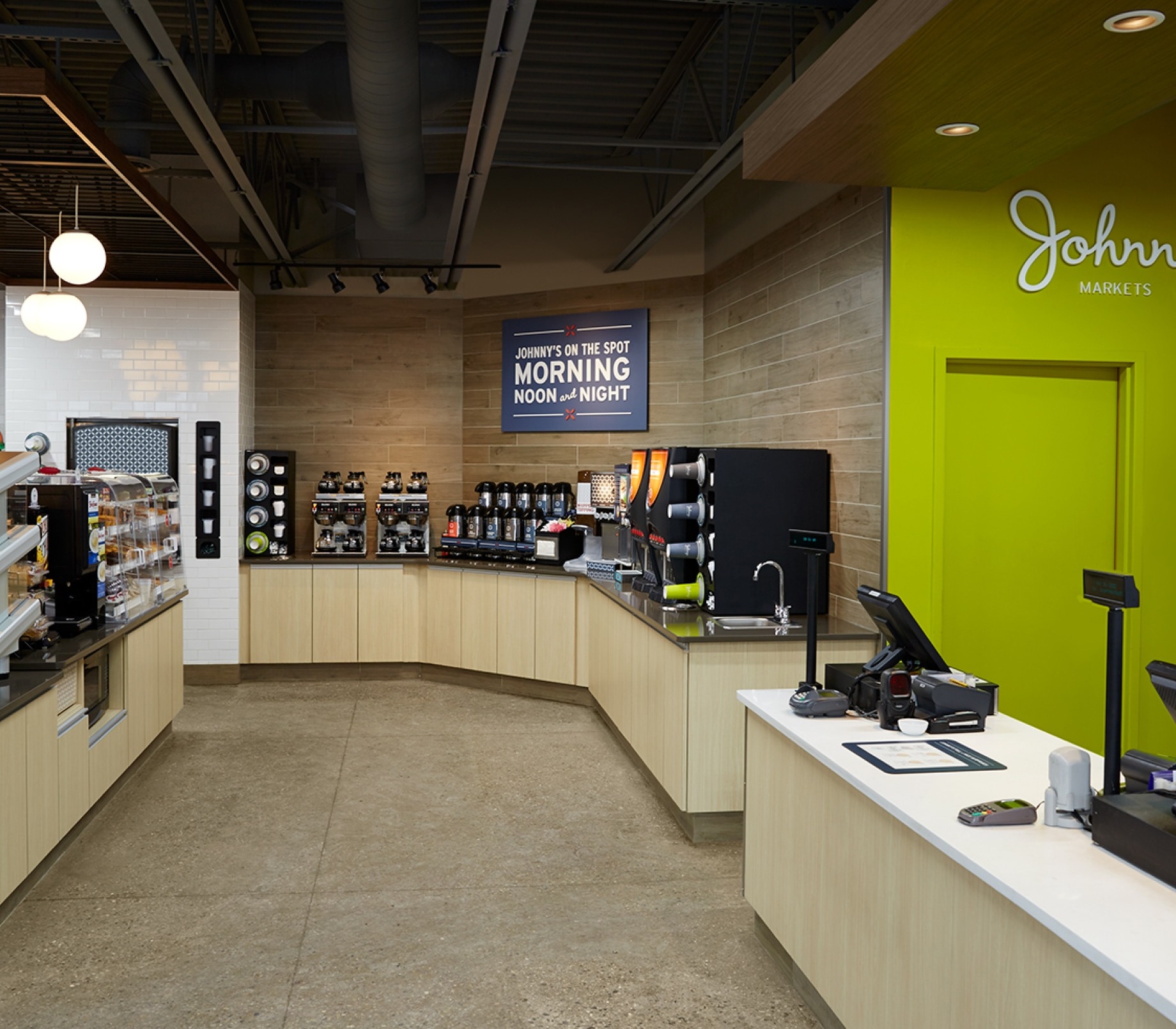
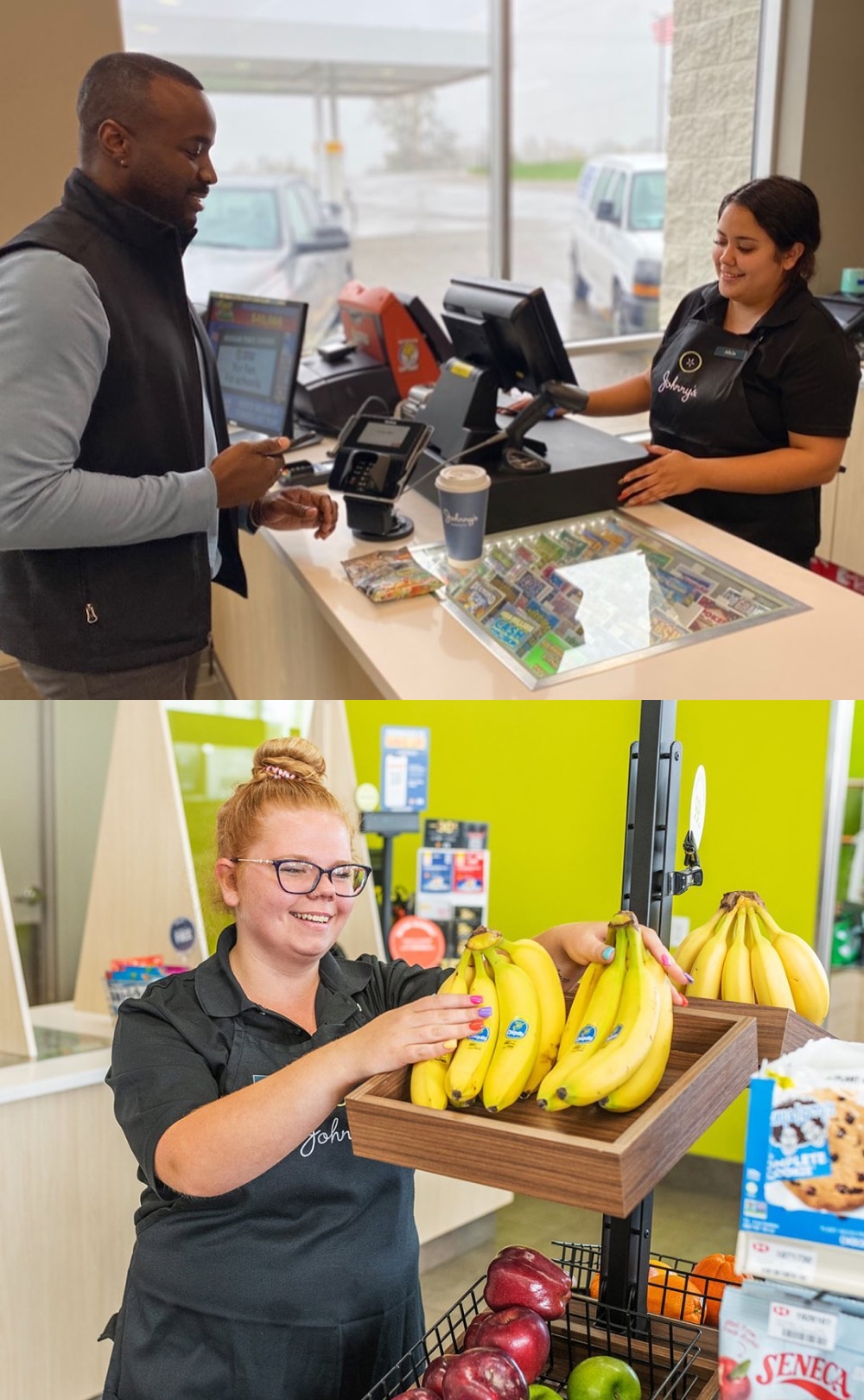
A picture is worth a thousand words. First-hand experience is worth a million.
Unsurprisingly, spending time with the learner audience gave our team a deep appreciation for what Johnny’s team members do daily. We saw for ourselves the spontaneity of the job and the up-and-down nature of their work. Managers were often juggling managerial responsibilities with frontline, customer-facing tasks. We also observed their learning environment—in this case, the back office—to understand how they access learning and how it fits into their environment.
Empathizing with learners is a critical tool for creating effective learning. It’s written into one of our Learning Principles: learning should meet people where they are. Our Learning Environment Analysis allowed us to tailor the learning experience to suit the needs of learners and minimize barriers.
Take a look at a few key themes and findings from the learner-discovery phase:
Team members are busy, and their schedules are unpredictable. They need a learning experience they can easily pick up and put back down.
Johnny’s team members agree on the traits of a good manager. A good manager is in the trenches, is flexible but fair, and can manage conflict. There was a clear opportunity to improve two-way feedback between managers and employees.
Everyone appreciates the culture at Johnny’s. Team members truly love working there, and company values aren’t just words—they’re lived.
Leveraging our findings to create a learning structure focused on behavior change
The learner-research phase changed the direction of the project for the better. Together with our partners at Johnny’s, we reworked the initially proposed topics and recommended a structure for the training program that would fit learners’ schedules and meet their needs.
Module topics:
- Introduction
- Leading at Johnny’s
- Building relationships
- Communicating with clarity
- Supporting your team
- Navigating difficult conversations
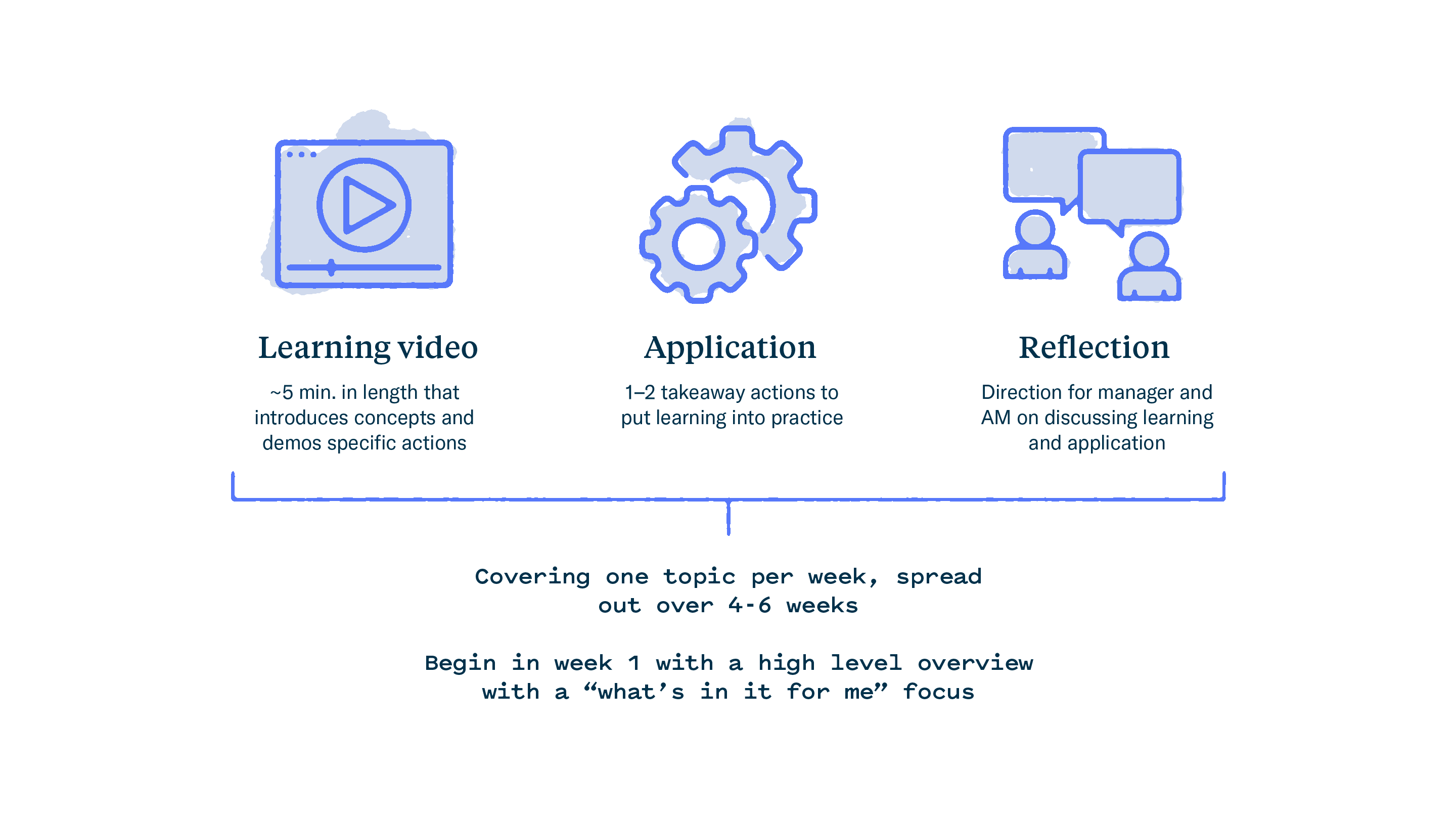
We proposed a structure that takes learners through the learning process at a realistic pace for their busy schedules. Covering one topic per week for four to six weeks, each module contains a five-minute, high-production learning video to introduce the concept (discovery), one to two takeaway actions to put learning into practice (application), and an opportunity to debrief with a colleague or leader (reflection).
This approach was influenced in part by another one of our Learning Principles: learning is a process. Using the Tell, Show, Do, Review framework as our blueprint, we designed an experience that takes learners through each phase of the learning process. Learning is then reinforced through coaching, observations, and activity guides.


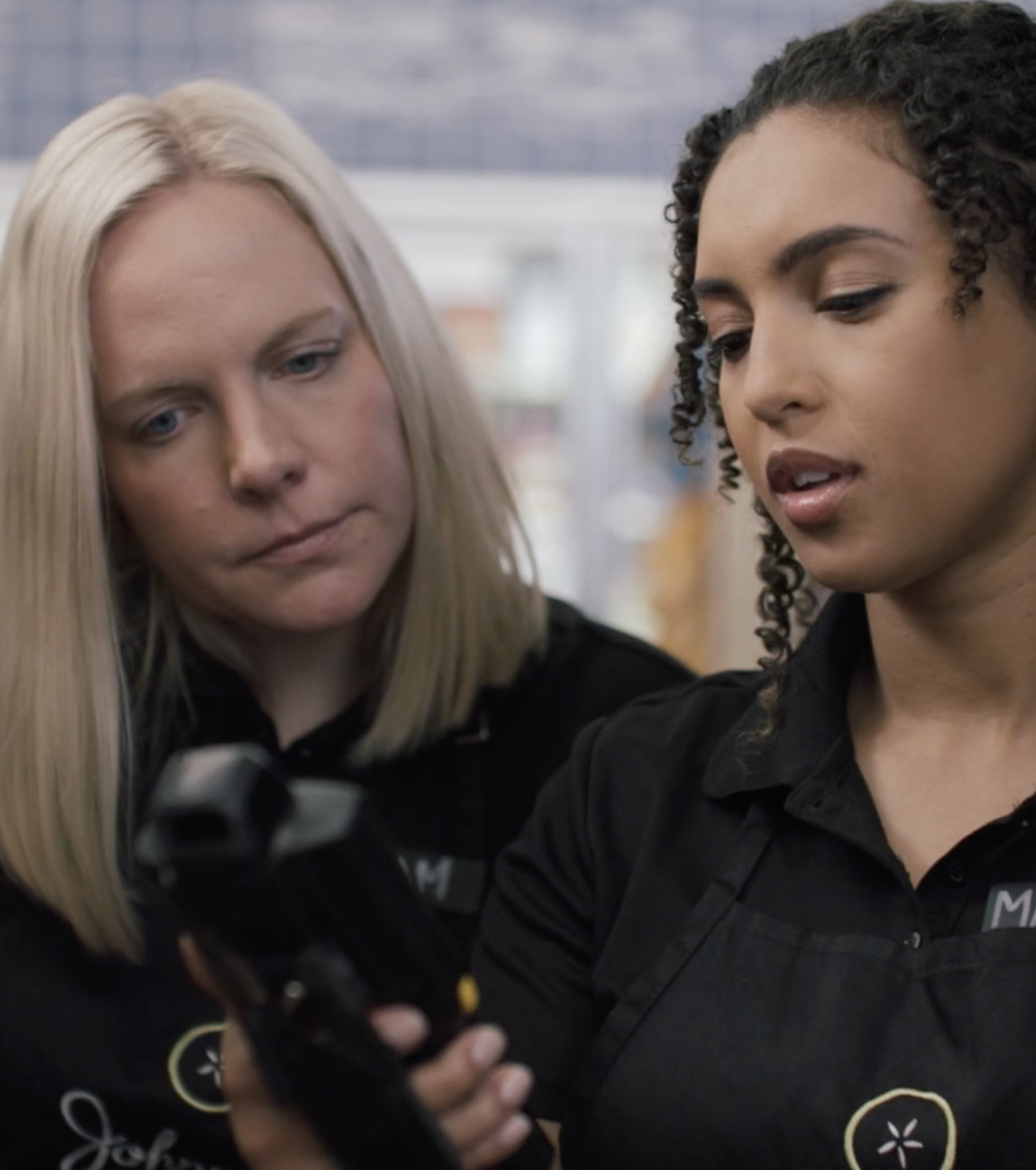
Behavior change can and should be measured
Our learning principles shape and enhance every experience we create, and they were especially influential on this project. We believe that learning should create change, and change can and should be measured. From the start, we were after a clear goal of reducing employee turnover and dissatisfaction with management. We designed a process for measuring rates of turnover as well as tracking reasons for departure. Our goal was to see a downward trend in turnover overall and fewer instances of management issues being cited as the reason for departure.
This managerial soft-skills training program was shaped and informed by learner discovery and input, allowing us to create beautiful, consumer-grade training videos and supporting materials that reflected the beloved culture at Johnny’s, from the branding to the sense of humor and lingo used by staff.
Training the next generation of crypto traders
We’re developing a first-of-its-kind learning experience that gives OKX’s new traders the confidence to succeed.Our experiential, consumer-grade crypto learning academy is designed to deliver a comprehensive introduction to crypto trading for OKX’s 20 million users.
Projects
-
VetBloom A blockchain-based credentialing platform for veterinary specialties
-
ACIST Medical Systems Lifelike 3D product training to guide service techs on the job
-
Best Western Hotels & Resorts Helping transform brand culture with fresh, energizing ILT